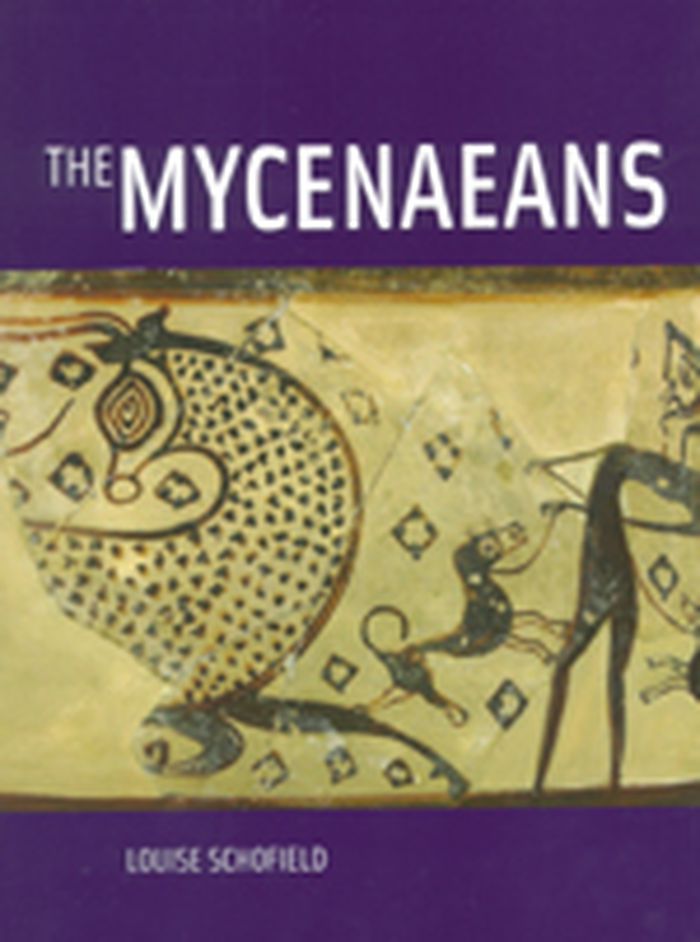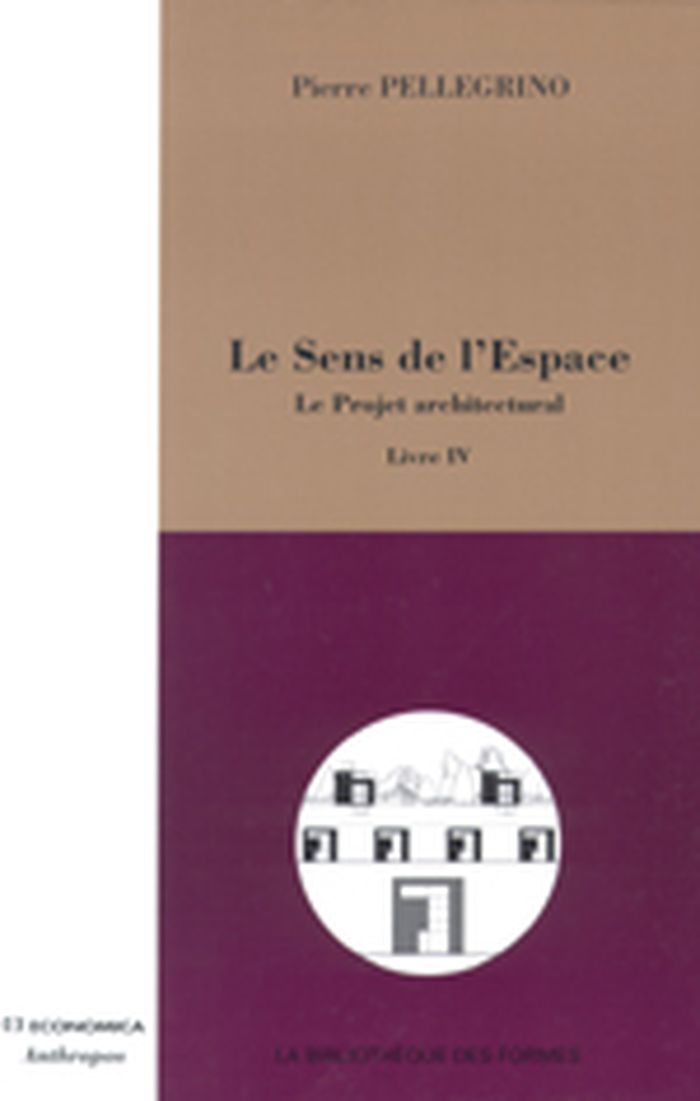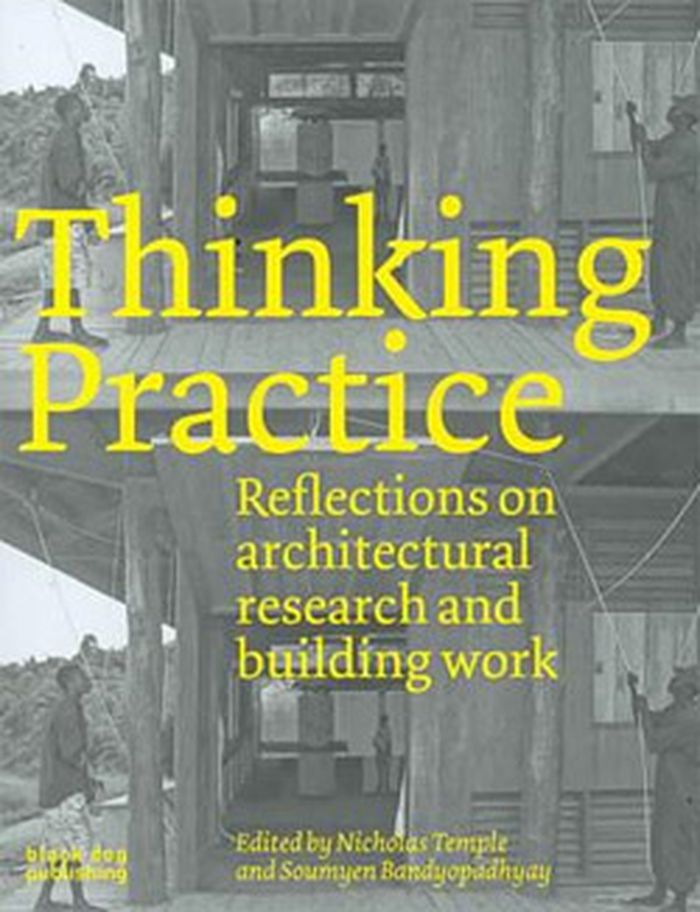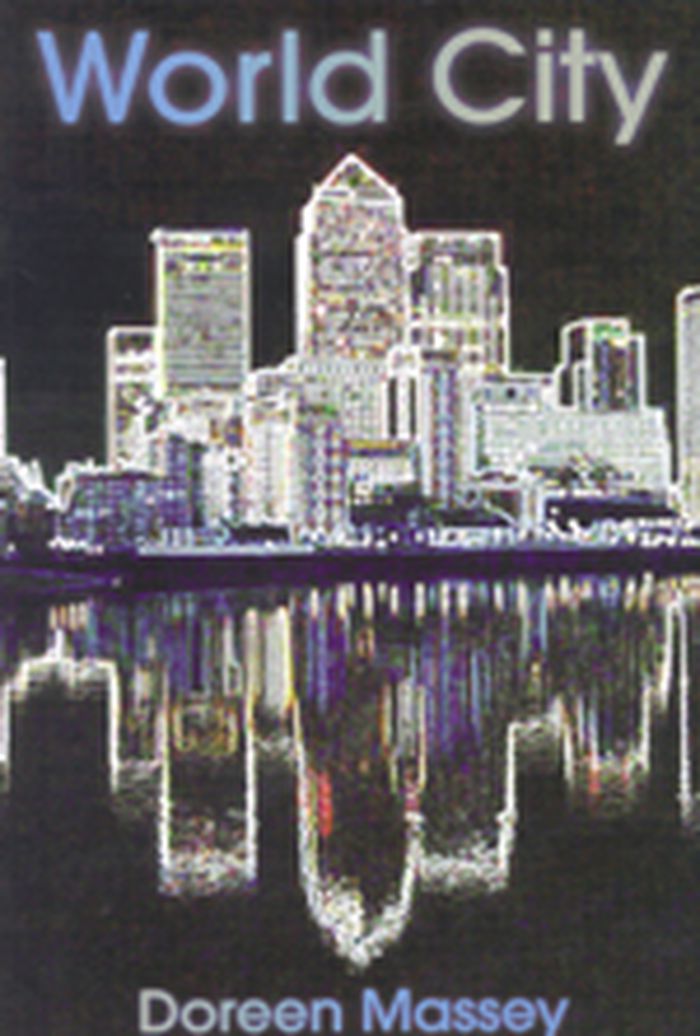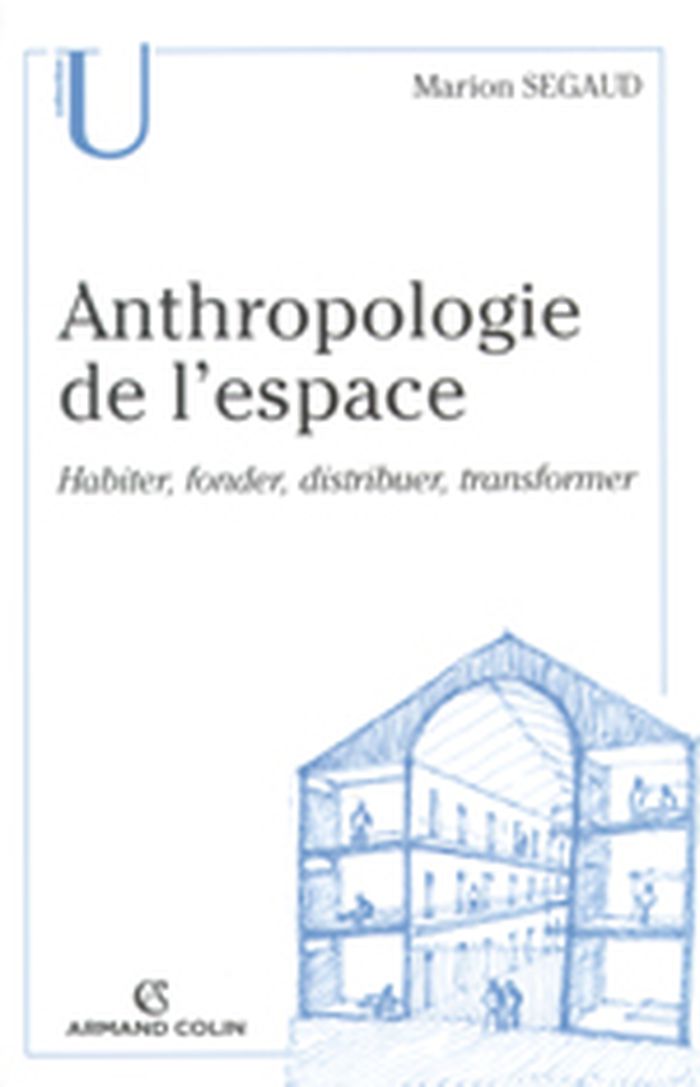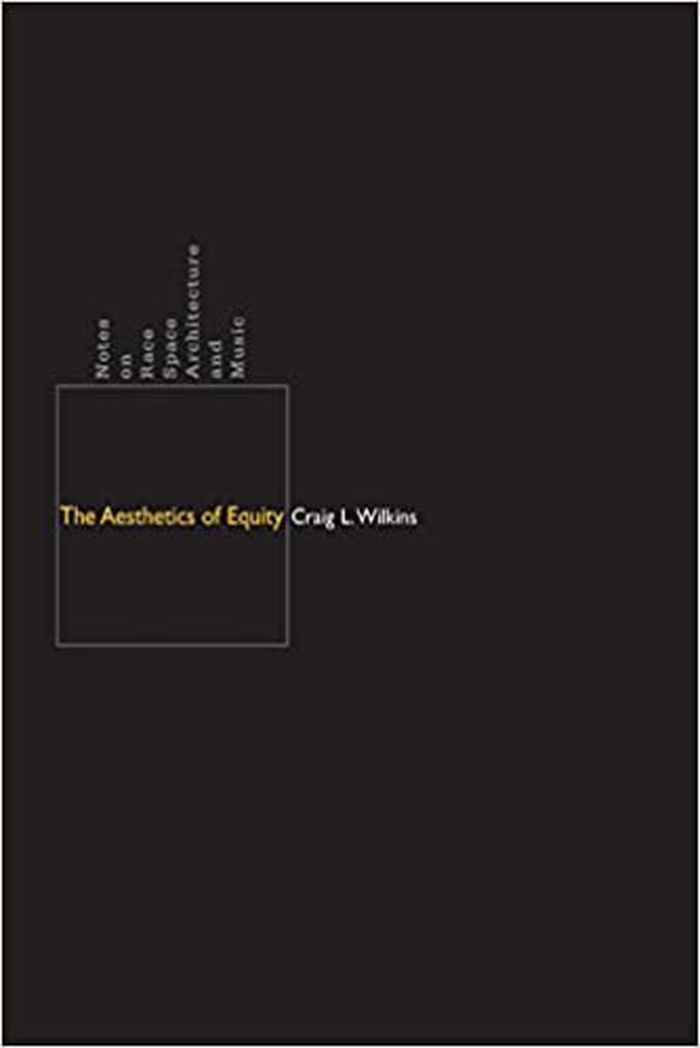Walden and other writings
$15.95
(disponible sur commande)
Résumé:
Naturalist, philosopher, champion of self-reliance and moral independence, Henry David Thoreau remains not only one of our most influential writers but also one of our most contemporary. This unique and comprehensive edition gathers all of Thoreau's most significant works (including his masterpiece Walden, reproduced in its entirety). Taken together, they reveal the(...)
Walden and other writings
Actions:
Prix:
$15.95
(disponible sur commande)
Résumé:
Naturalist, philosopher, champion of self-reliance and moral independence, Henry David Thoreau remains not only one of our most influential writers but also one of our most contemporary. This unique and comprehensive edition gathers all of Thoreau's most significant works (including his masterpiece Walden, reproduced in its entirety). Taken together, they reveal the astounding range, subtlety, artisty, and depth of thought of this true American original.
Théorie de l’architecture
The Mycenaeans
$40.00
(disponible sur commande)
Résumé:
For almost three thousand years, the Mycenaeans, ancestors of the classical Greeks, lay lost and forgotten beneath the soil of Greece. In 1876, however, a German businessman, Heinrich Schliemann, in his search for the great Mycenaean king Agamemnon and other heroes of the Trojan War, made an astounding discovery in Mycenae: inside the monumental Lion Gate he discovered(...)
The Mycenaeans
Actions:
Prix:
$40.00
(disponible sur commande)
Résumé:
For almost three thousand years, the Mycenaeans, ancestors of the classical Greeks, lay lost and forgotten beneath the soil of Greece. In 1876, however, a German businessman, Heinrich Schliemann, in his search for the great Mycenaean king Agamemnon and other heroes of the Trojan War, made an astounding discovery in Mycenae: inside the monumental Lion Gate he discovered shaft graves belonging to a warrior elite, many of whom were buried wearing striking gold funerary masks and armor. In this authoritative new survey, Schofield examines these initial discoveries and other material evidence from Mycenaean culture, including painted pottery, documents in Linear B script, and the remains of fortress-palaces, all of which have yielded important information about the social hierarchies, religion, and military and trading activities of this wealthy and sophisticated culture. The author also considers the factual basis for the Mycenaeans' legendary links with the Trojan War and the various explanations for the eventual decline of their civilization.
Théorie de l’architecture
livres
China on paper
$57.50
(disponible sur commande)
Résumé:
At the dawn of the era of global trade, an extraordinary range of illustrated books, prints, and maps not only afforded Europeans glimpses of imperial China's cultural and material riches but also brought Western science, religion, and art to Chinese scholars and emperors. Produced in an atmosphere of mutual curiosity and collaboration, these works proposed China and(...)
Théorie de l’architecture
septembre 2007, Los angeles
China on paper
Actions:
Prix:
$57.50
(disponible sur commande)
Résumé:
At the dawn of the era of global trade, an extraordinary range of illustrated books, prints, and maps not only afforded Europeans glimpses of imperial China's cultural and material riches but also brought Western science, religion, and art to Chinese scholars and emperors. Produced in an atmosphere of mutual curiosity and collaboration, these works proposed China and Europe as similarly distant and exotic civilizations with parallel histories and at least some values in common. China on paper opens a window on these vibrant and largely unexamined exchanges whereby the denizens of two vast regions created visions of themselves and each other in a newly expanded world.
livres
septembre 2007, Los angeles
Théorie de l’architecture
livres
$31.95
(disponible en magasin)
Résumé:
Et si la perspective moderne n'existait pas? Ne faut-il nuancer la thèse massivement admise qu'au Quattrocento, un dispositif unitaire de représentation se mettrait en place dans la peinture, dont la fonction demeurerait inchangée jusqu'à l'âge classique? En relisant les textes d'Alberti, de Piero della Francesca, de Léonard de Vinci et d'Albert Dürer, en regardant(...)
Archéologie de la perspective : sur Piero della Francesca, Vinci et Dürer
Actions:
Prix:
$31.95
(disponible en magasin)
Résumé:
Et si la perspective moderne n'existait pas? Ne faut-il nuancer la thèse massivement admise qu'au Quattrocento, un dispositif unitaire de représentation se mettrait en place dans la peinture, dont la fonction demeurerait inchangée jusqu'à l'âge classique? En relisant les textes d'Alberti, de Piero della Francesca, de Léonard de Vinci et d'Albert Dürer, en regardant autrement les peintures de la Renaissance, des fresques d'Azzero ou dela Cène de Milan, ce livre met en effet en évidence des dispositifs singuliers, liés pour chaque peintre à des régimes différents de la représentation, du visible, de la vision et du regard. Pourtant, au XVIIe siècle, le discours sur la perspective est soudain convoqué par la philosophie, pour éclairer le nouveau partage entre la représentation du sujet pensant et une matière désormais géométrisable. À quelles conditions, improbables et contingentes, la perspective a-t-elle pu tenir cette place à la fois décisive et ambiguë dans l'émergence de l'âme classique? Par quelles transformations, de la surface de la peinture et de laplace du spectateur, a-t-elle dû passer pour rendre possible la clôture de l'image sur la représentation classique? À l'histoire d'une forme symbolique, ce livre substitue le récit désormais éclaté d'une archéologie ou d'une généalogie de la modernité.
livres
mai 2007, Paris
Théorie de l’architecture
$63.95
(disponible sur commande)
Résumé:
On lit dans cet ouvrage comment le projet d'espace donne du sens, mais aussi prend du sens à l'être, même en son absence. Toute sémiotique s'inscrit dans l'espace, de proche en proche, puis un peu plus loin, jusqu'à l'absence. Et c'est bien la force de l'espace architectural, force formelle qui s'oppose aux forces matérielles d'attraction et de répulsion, que de donner(...)
Le sens de l'espace : Le project architectural
Actions:
Prix:
$63.95
(disponible sur commande)
Résumé:
On lit dans cet ouvrage comment le projet d'espace donne du sens, mais aussi prend du sens à l'être, même en son absence. Toute sémiotique s'inscrit dans l'espace, de proche en proche, puis un peu plus loin, jusqu'à l'absence. Et c'est bien la force de l'espace architectural, force formelle qui s'oppose aux forces matérielles d'attraction et de répulsion, que de donner sens en articulant présence et absence. Établissant une continuité entre la chose sensible et l'idée que l'on en a. l'espace architectural est relation autant qu'intervalle, connexion autant qu'intercalation, conjonction autant que disjonction. Il faut le franchir, mais on peut le parcourir. Vide, panoptique, il donne à voir; peuplé de corps divers, labyrinthique, il donne à chercher. L'espace architectural est ainsi un mode d'organisation de l'être au monde.
Théorie de l’architecture
$37.95
(disponible sur commande)
Résumé:
In the rapidly changing profession of architecture, Thinking Practice presents an extraordinary examination of the increasingly dynamic relationships between academic research, teaching and practice. This book brings together a unique and diverse collection of writings by leading academics and theorists who are also practising architects.
Théorie de l’architecture
septembre 2007, London
Thinking Practice: reflections on architectural research and building work
Actions:
Prix:
$37.95
(disponible sur commande)
Résumé:
In the rapidly changing profession of architecture, Thinking Practice presents an extraordinary examination of the increasingly dynamic relationships between academic research, teaching and practice. This book brings together a unique and diverse collection of writings by leading academics and theorists who are also practising architects.
Théorie de l’architecture
World City
$29.99
(disponible sur commande)
Résumé:
Cities around the world are striving to be global. This book tells the story of one of them, and in so doing raises questions which are essential for all cities. These questions concern identity, place, and political responsibility in the changing geographies of our times. The book also tells the story of the rise of a new class, of deepening inequality, and of the(...)
Théorie de l’architecture
septembre 2007, Cambridge, Malden
World City
Actions:
Prix:
$29.99
(disponible sur commande)
Résumé:
Cities around the world are striving to be global. This book tells the story of one of them, and in so doing raises questions which are essential for all cities. These questions concern identity, place, and political responsibility in the changing geographies of our times. The book also tells the story of the rise of a new class, of deepening inequality, and of the geographical imaginations that are mobilised to legitimate the increasing dominance of these powerful metropoles. In so doing, it sets the global city in its wider geographical and political context. World City focuses its account on London, one of the greatest of these global cities. London is a city of delight and of creativity, of the generation of vast wealth and of acute poverty. It also presides over a country increasingly divided between North and South and over a neo-liberal form of globalisation the deregulation, financialisation and commercialisation of all aspects of life that results in an evermore unequal world.World City explores how we can understand this complex narrative and asks a question that should be asked of any city: what does this place stand for? This book will appeal to students of human geography, politics and sociology as well as to the general reader.
Théorie de l’architecture
$42.95
(disponible sur commande)
Résumé:
A l'heure de la "mondialisation" et de la mobilité généralisée, alors même que les sociétés modernes ont tendance à occulter le contenu anthropologique de l'espace, comment rendre compte de la complexité des espaces vécus ? De la dimension culturelle des territoires ? Car la banalité des espaces ordinaires recouvre une dimension cosmologique : nos espaces quotidiens, à(...)
Anthropologie de l'espace : Habiter, fonder, distribuer, transformer
Actions:
Prix:
$42.95
(disponible sur commande)
Résumé:
A l'heure de la "mondialisation" et de la mobilité généralisée, alors même que les sociétés modernes ont tendance à occulter le contenu anthropologique de l'espace, comment rendre compte de la complexité des espaces vécus ? De la dimension culturelle des territoires ? Car la banalité des espaces ordinaires recouvre une dimension cosmologique : nos espaces quotidiens, à différentes échelles (domicile, quartier, ville, territoire), sont empreints de règles, obéissent à des conventions, répondent à des valeurs, le plus souvent implicites. La démarche de l'auteure pour répondre à ces interrogations s'ancre ici dans une réflexion sur les formes et les usages de l'espace dans différentes sociétés. Car si toutes partagent des "universaux", Fonder, Habiter, Classer et Distribuer, Transformer et Reformuler, pour autant, ces opérations communes se déclinent de diverses manières que l'ouvrage examine, montrant comment s'instaurent, aujourd'hui comme hier, ces liens entre espaces et sociétés. Ainsi, l'auteure analyse notamment la rencontre et le renforcement des rapports en France, après Mai 1968, entre sciences sociales, architecture et urbanisme. Destiné aux étudiants, chercheurs, professionnels opérant dans et sur l'espace, mais aussi aux citadins "ordinaires", ce travail leur apportera les outils indispensables à une appréhension globale de la problématique anthropologique des espaces.
Théorie de l’architecture
$30.00
(disponible en magasin)
Résumé:
Architecture is often thought to be a diary of a society, filled with symbolic representations of specific cultural moments. However, as Craig L. Wilkins observes, that diary includes far too few narratives of the diverse cultures in U.S. society. Wilkins states that the discipline of architecture has a resistance to African Americans at every level, from the startlingly(...)
The Aesthetics of equity: notes on race, space, architecture, and music
Actions:
Prix:
$30.00
(disponible en magasin)
Résumé:
Architecture is often thought to be a diary of a society, filled with symbolic representations of specific cultural moments. However, as Craig L. Wilkins observes, that diary includes far too few narratives of the diverse cultures in U.S. society. Wilkins states that the discipline of architecture has a resistance to African Americans at every level, from the startlingly small number of architecture students to the paltry number of registered architects in the United States today. Working to understand how ideologies are formed, transmitted, and embedded in the built environment, Wilkins deconstructs how the marginalization of African Americans is authorized within the field of architecture. He then outlines how activist forms of expression shape and sustain communities, fashioning an architectural theory around the site of environmental conflict constructed by hip-hop culture. Wilkins places his concerns in a historical context, and also offers practical solutions to address them. In doing so, he reveals new possibilities for an architecture that acknowledges its current shortcomings and replies to the needs of multicultural constituencies.
Théorie de l’architecture
$25.95
(disponible sur commande)
Résumé:
We surround ourselves with material things that are invested with memories but can only stand for what we have lost. Physical objects—such as one’s own body—situate and define us; yet at the same time they are fundamentally indifferent to us. The melancholy of this rift is a rich source of inspiration for artists. Peter Schwenger deftly weaves together philosophical(...)
The tears of things : Melancholy and physical objects
Actions:
Prix:
$25.95
(disponible sur commande)
Résumé:
We surround ourselves with material things that are invested with memories but can only stand for what we have lost. Physical objects—such as one’s own body—situate and define us; yet at the same time they are fundamentally indifferent to us. The melancholy of this rift is a rich source of inspiration for artists. Peter Schwenger deftly weaves together philosophical and psychoanalytical theory with artistic practice. Concerned in part with the act of collecting, The Tears of Things is itself a collection of exemplary art objects—literary and cultural attempts to control and possess things—including paintings by Georgia O’Keeffe and René Magritte; sculpture by Louise Bourgeois and Marcel Duchamp; Joseph Cornell’s boxes; Edward Gorey’s graphic art; fiction by Virginia Woolf, Georges Perec, and Louise Erdrich; the hallucinatory encyclopedias of Jorge Luis Borges and Luigi Serafini; and the corpse photographs of Joel Peter Witkin. However, these representations of objects perpetually fall short of our aspirations. Schwenger examines what is left over—debris and waste—and asks what art can make of these. What emerges is not an art that reassembles but one that questions what it means to assemble in the first place. Contained in this catalog of waste is that ultimate still life, the cadaver, where the subject-object dichotomy receives its final ironic reconciliation. Peter Schwenger is professor of English at Mount St. Vincent University in Halifax, Nova Scotia. He is the author of Fantasm and Fiction: On Textual Envisioning, Letter Bomb: Nuclear Holocaust and the Exploding Word, and Phallic Critiques: Masculinity and Twentieth-Century Literature.
Théorie de l’architecture

